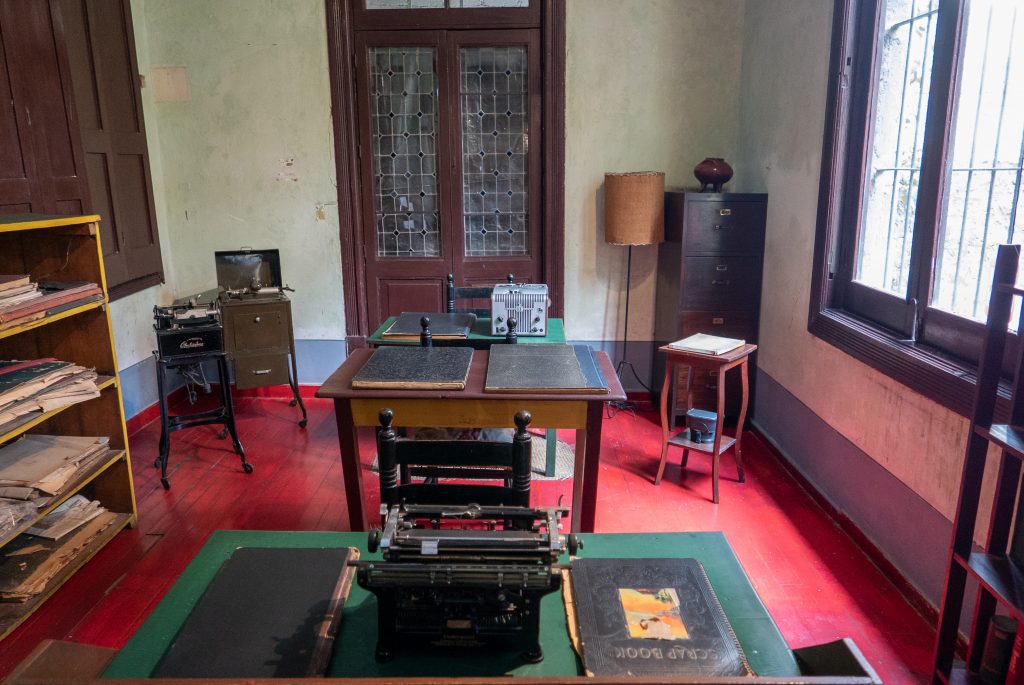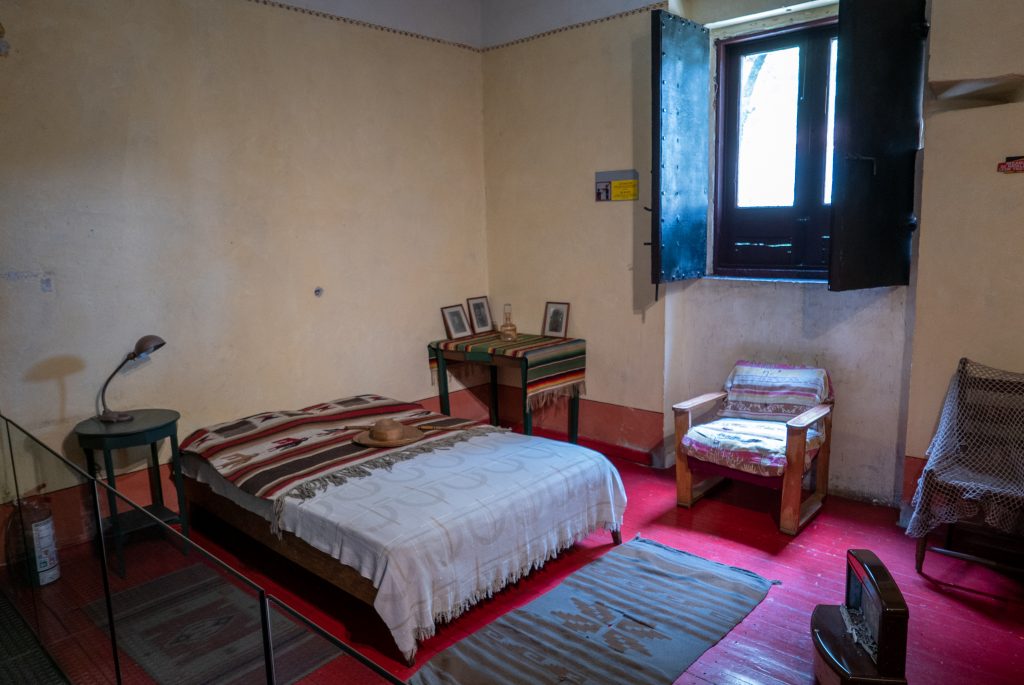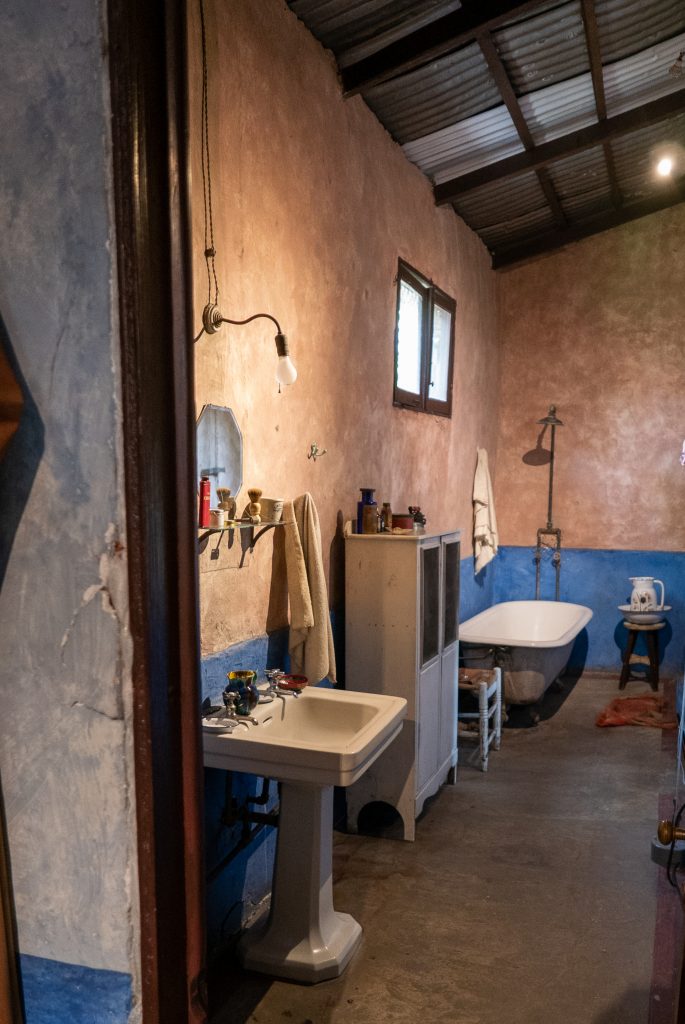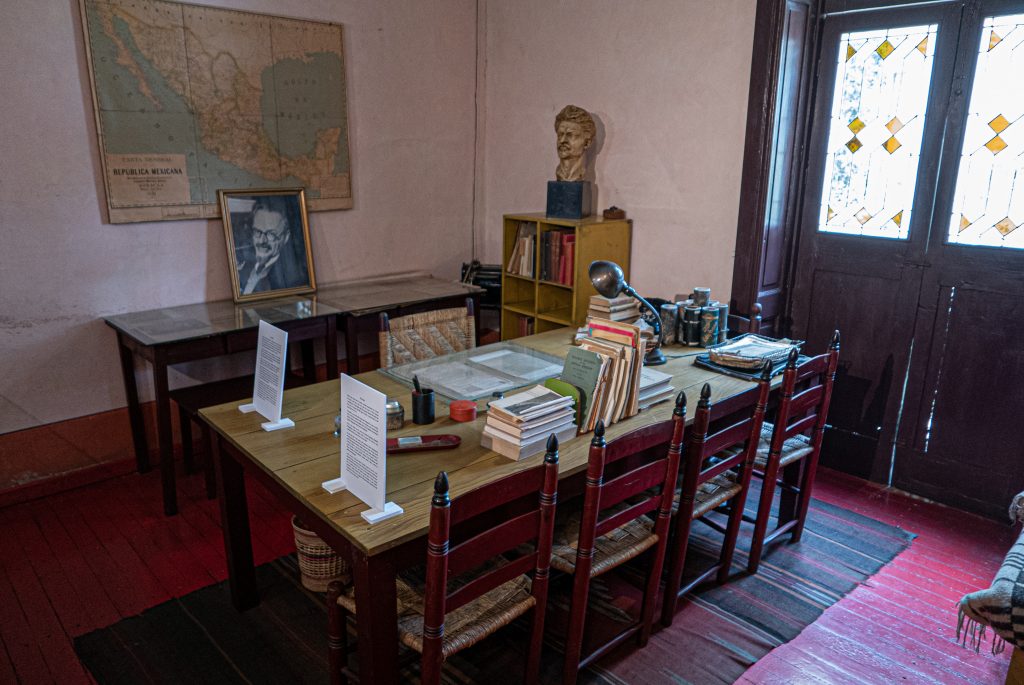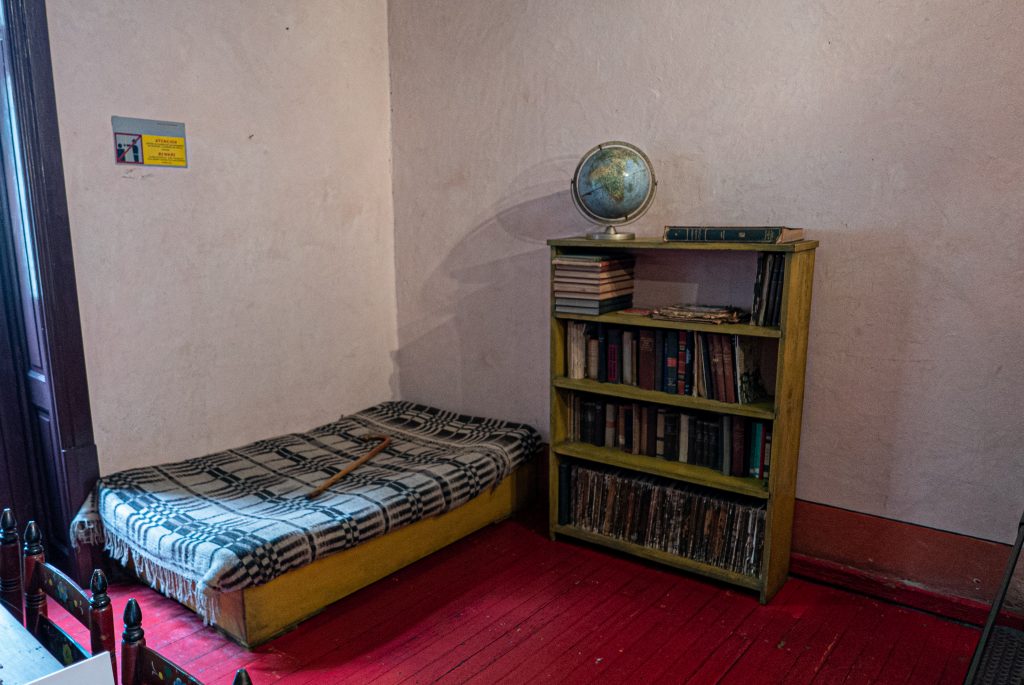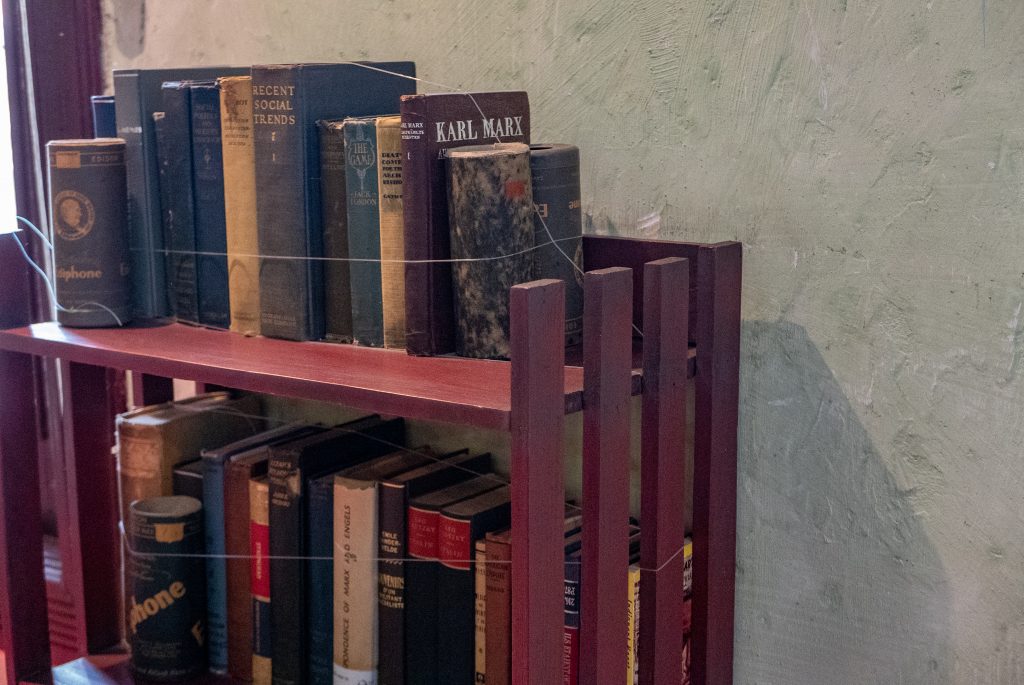My visits to the homes of Frida Kahlo and León Trotsky led me to believe me that the neighborhood of Coyoacán had much more to offer than just those two attractions. Though I hadn’t seen much of Mexico City, I impulsively decided that if I was ever to move there, Coyoacán would be the neighborhood I’d call home.
There were many blocks of well-kept but modest homes, usually set right beside each other with no alleys in between. Then there were occasional whimsical and extravagant structures that made me think, “wow, I’ve never seen anything like THAT before.”
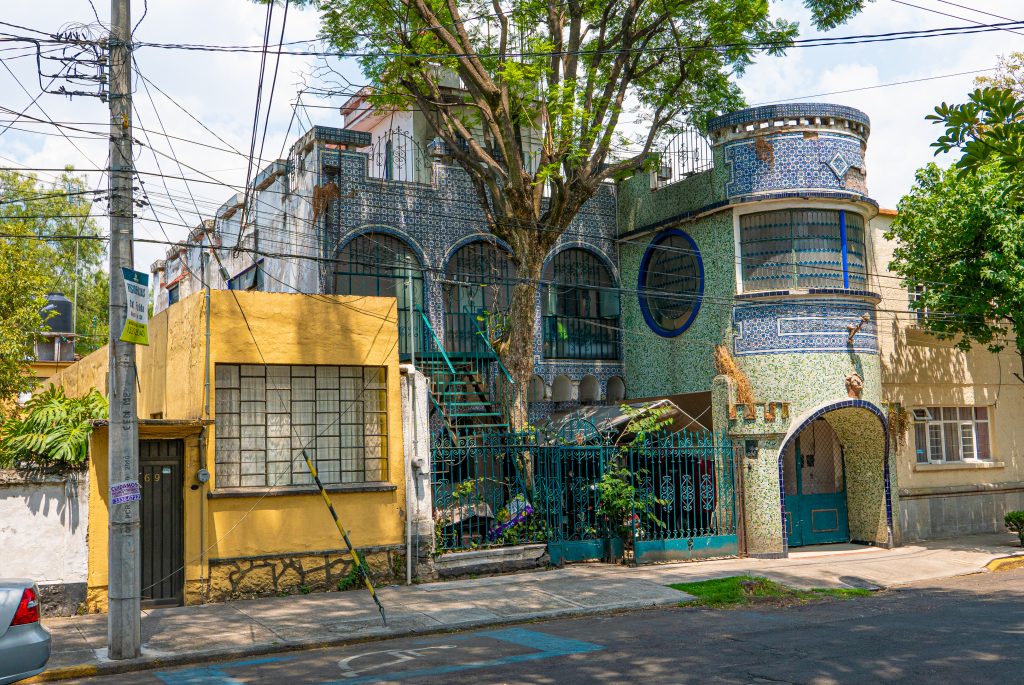
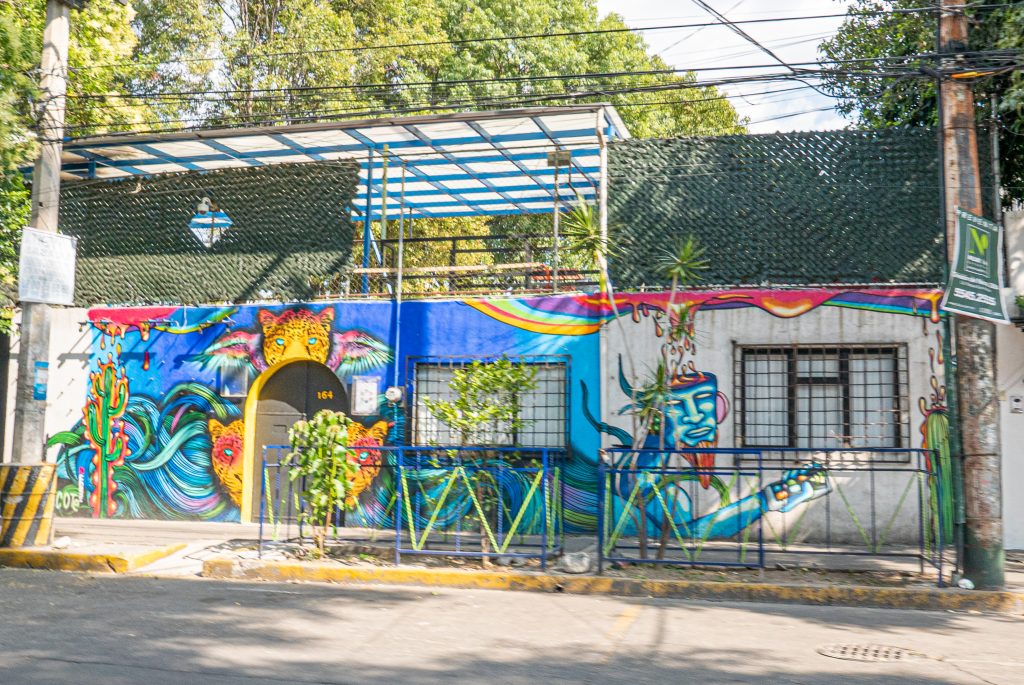
I also found myself looking at smaller points of architectural interest, features that give otherwise-ordinary houses a certain character and charm.
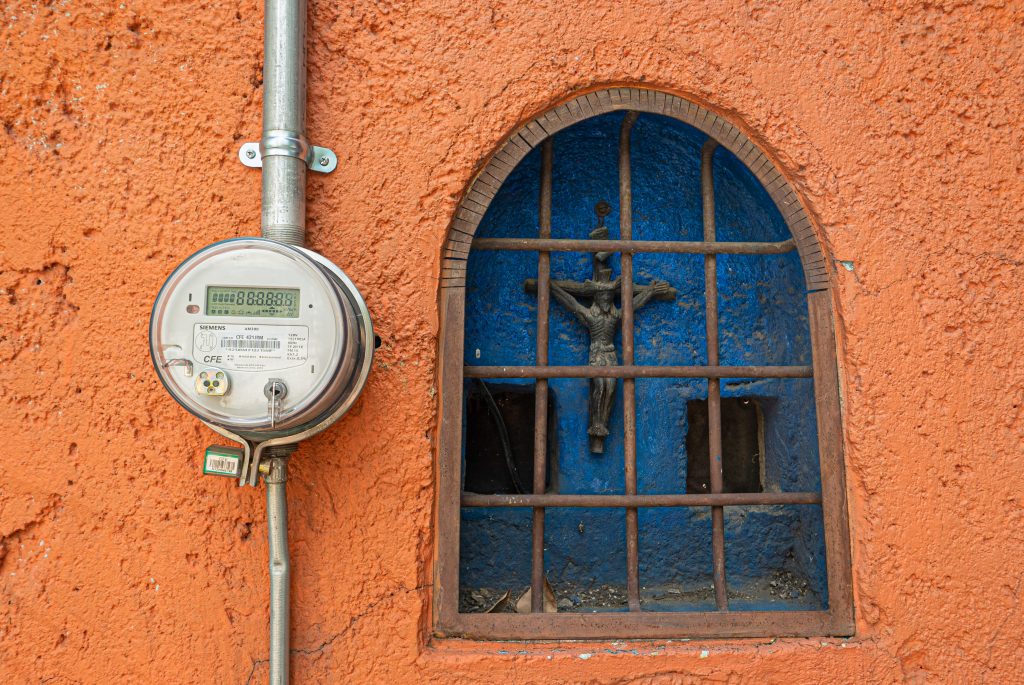
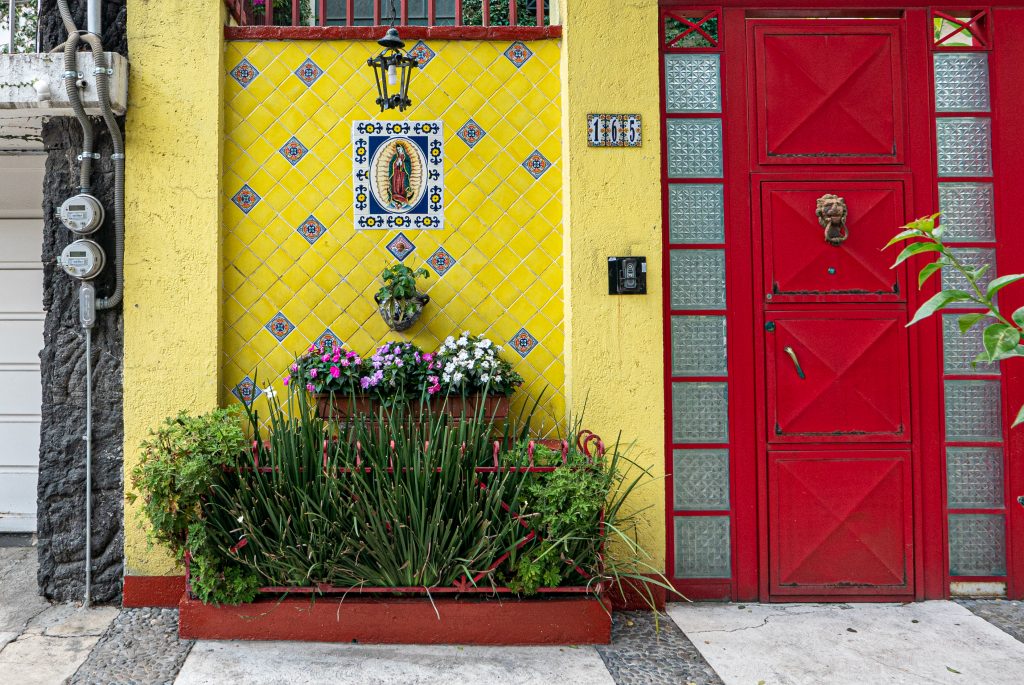
Coyoacán is a real neighborhood, not merely an urban census tract. It was an independent municipality for over 300 years before it was merged into the urban sprawl of Mexico City. It’s a barrio of tree-lined streets where people raise families and walk to school. I got a lot of smiles, holas, and buen dias from the residents there.
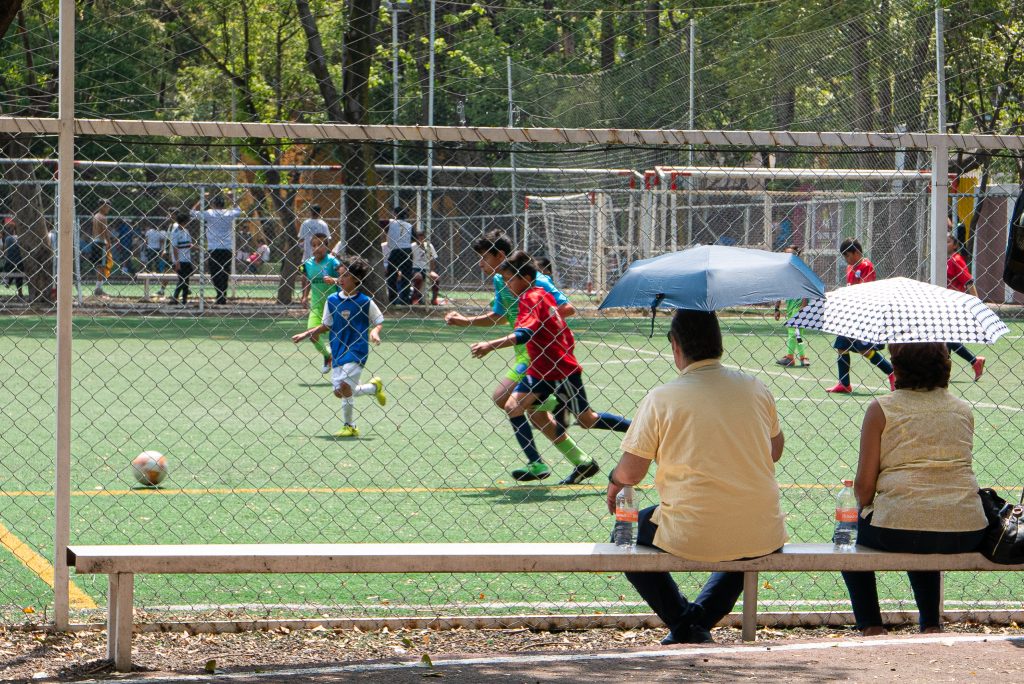
Every other corner seemed to have a café, a bodega or a neighborhood bar.
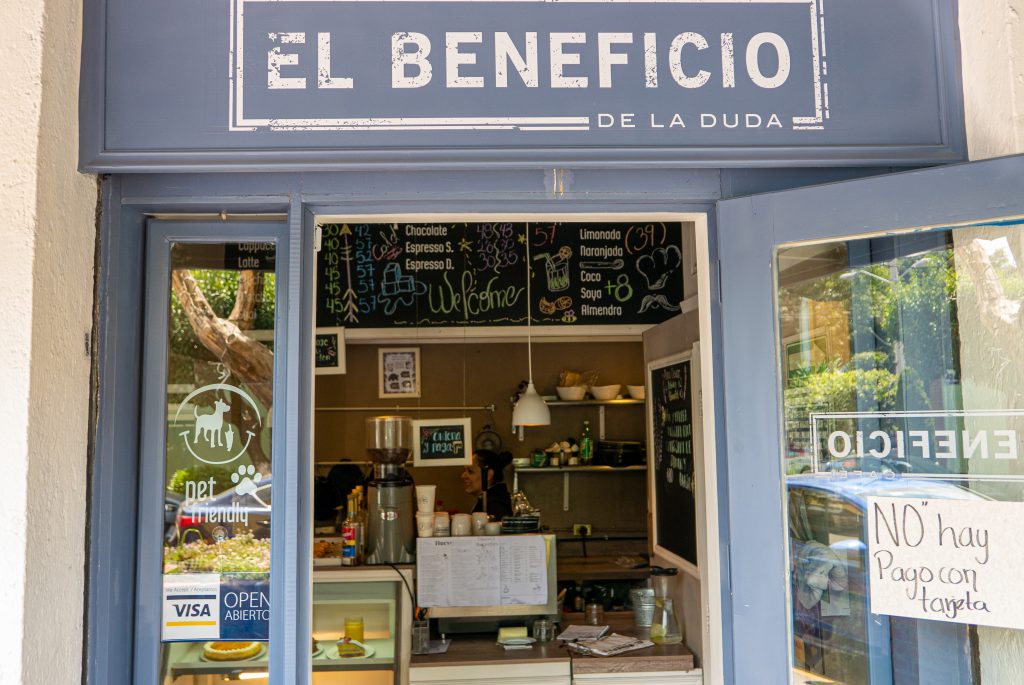
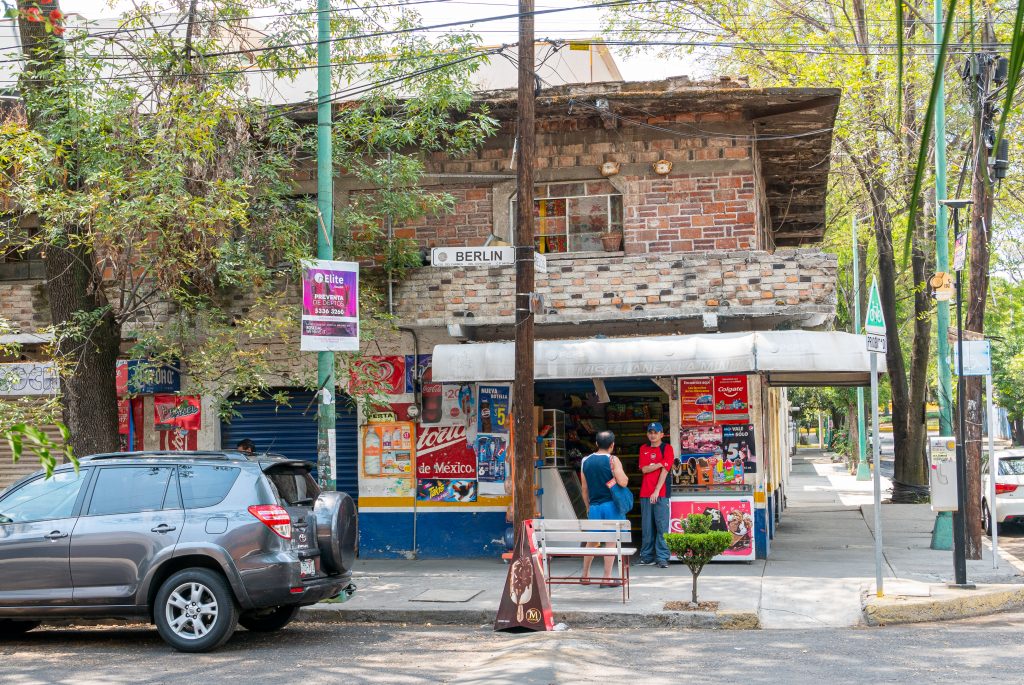
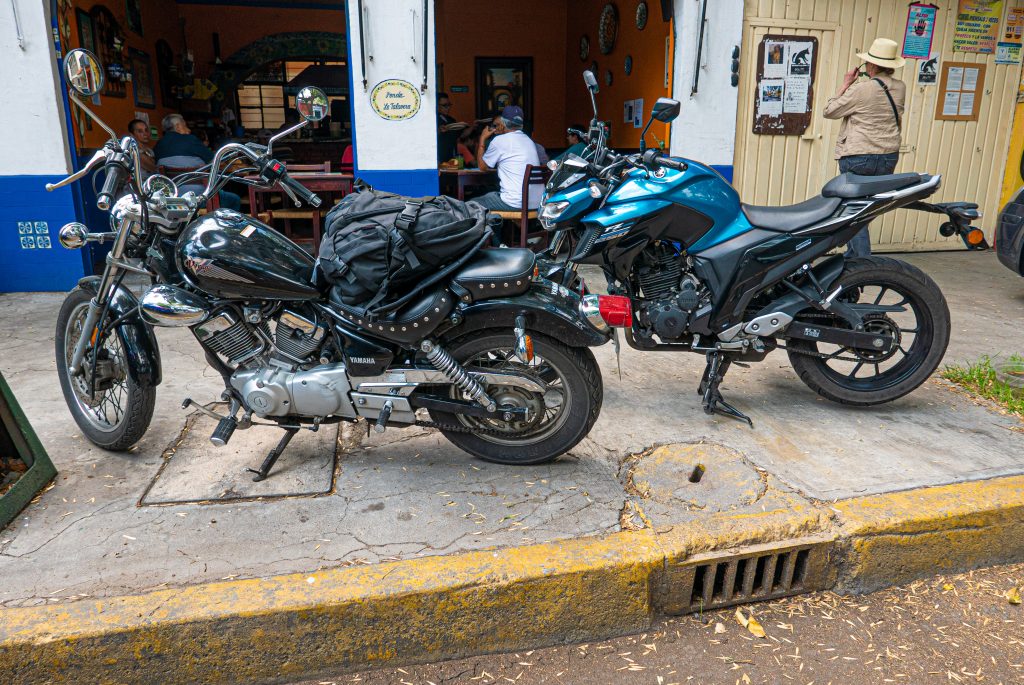
I couldn’t quite work out what was going on with these dressers that were neatly stacked on the street behind a truck, as if on display for sale. No one seemed to be attending them. If they were part of a sidewalk furniture store, it’s pretty cool that the proprietors feel safe leaving their inventory out on the street.
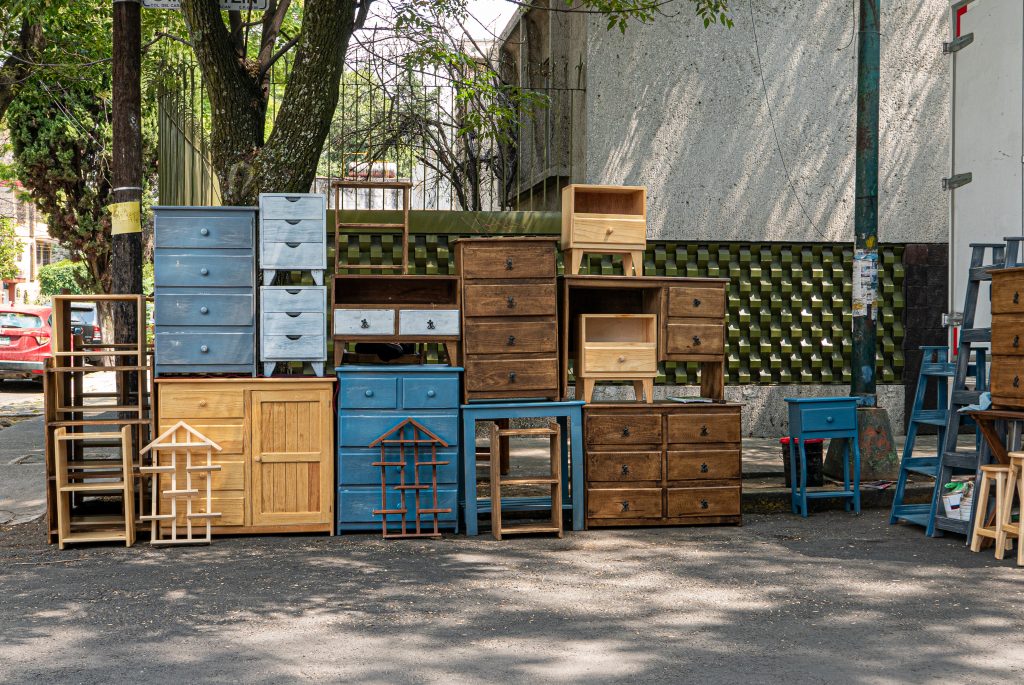
In contrast to some of the other residential areas I saw on this trip, Coyoacán is very colorful.
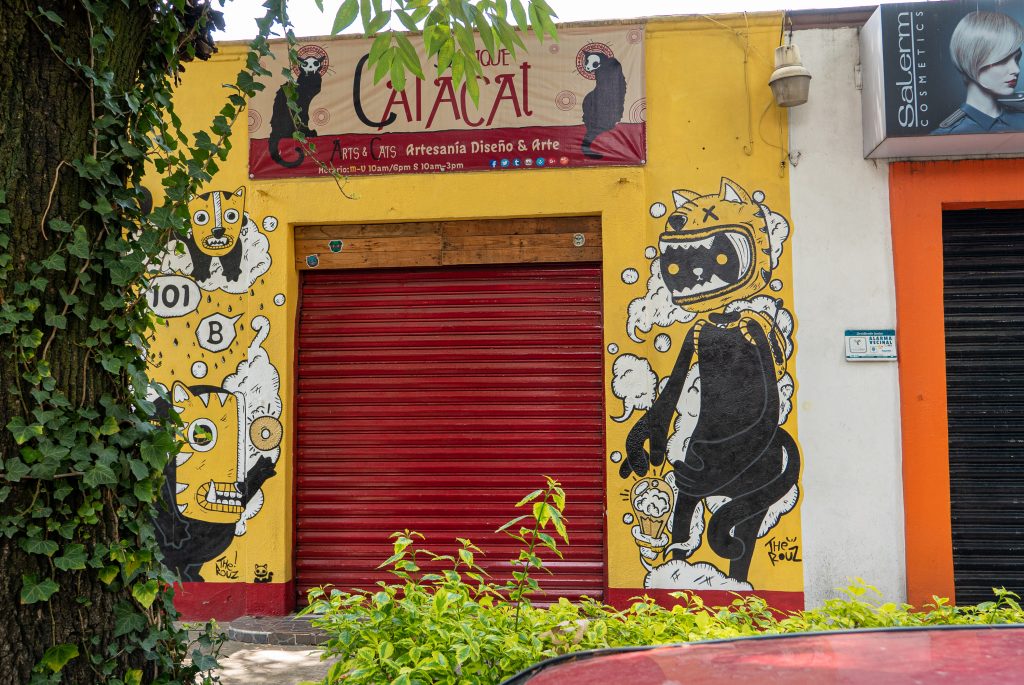
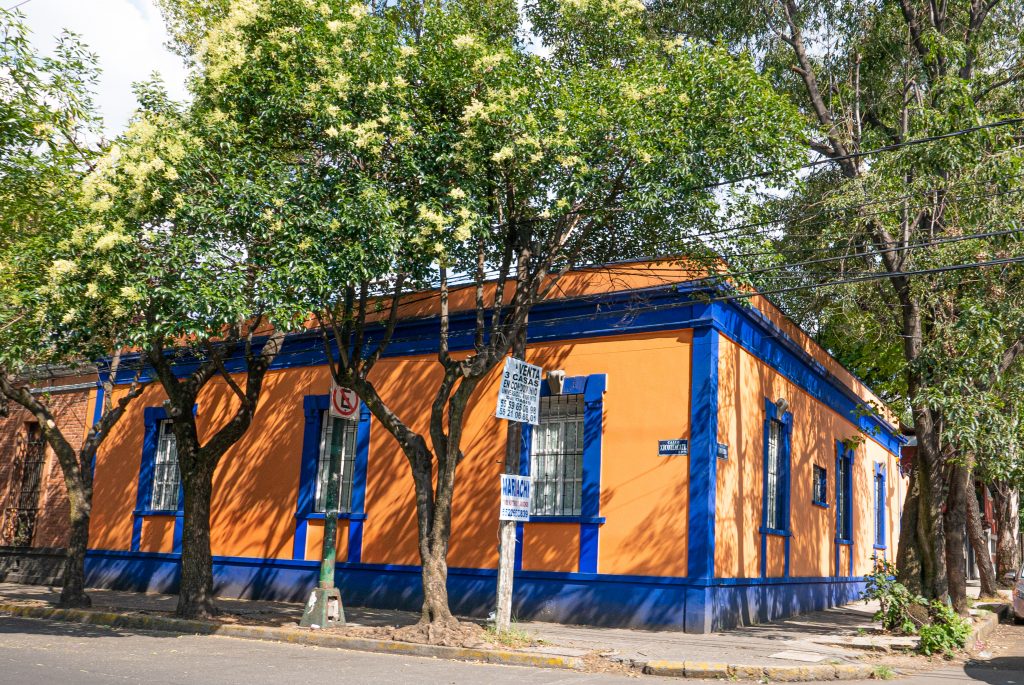
The commercial district features a large indoor food market, a central plaza (Plaza Hidalgo) with a circular bandstand, a crafts market that caters to the thousands of tourists that visit every weekend, and a lovely park. On the day I visited, there was an art exhibition going on in the park. This dancer and the two musicians (guitarist and percussionist/singer) with her were splendid.
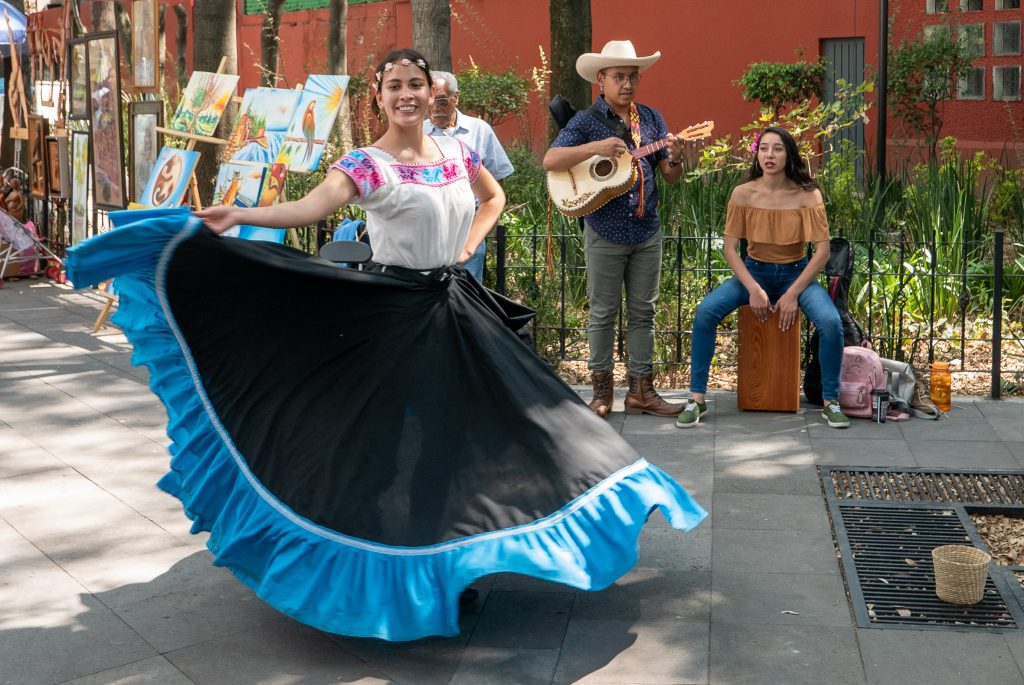
I didn’t see a lot of street art in the area. Maybe the people who live there don’t let their properties get run down to the point where graffiti is actually an improvement. However, I did see this nicely-done piece in the commercial district near the market.
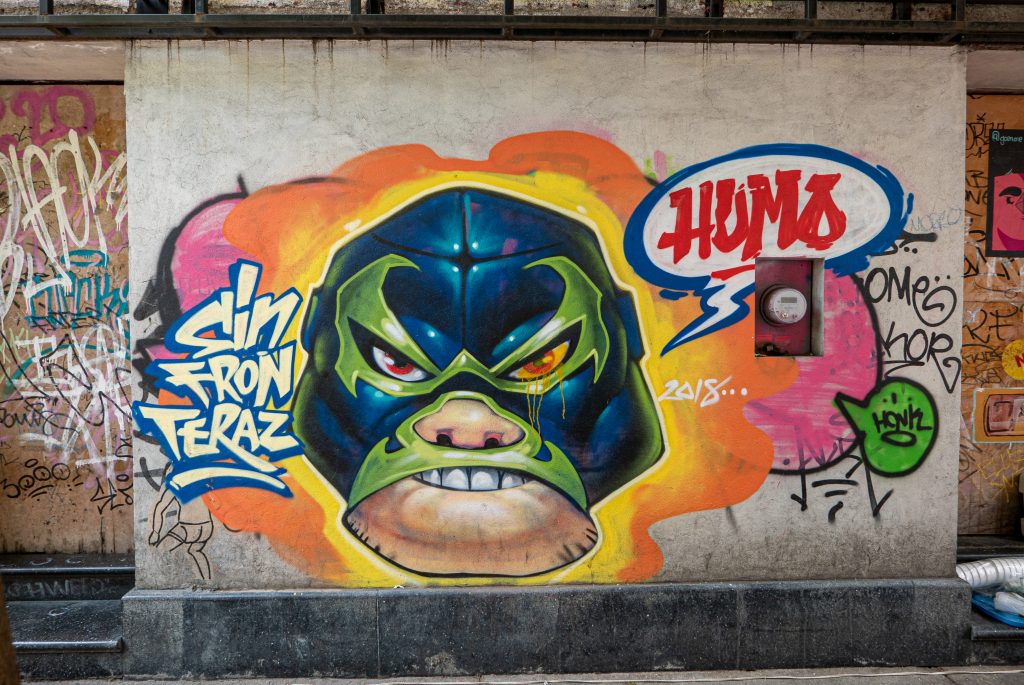
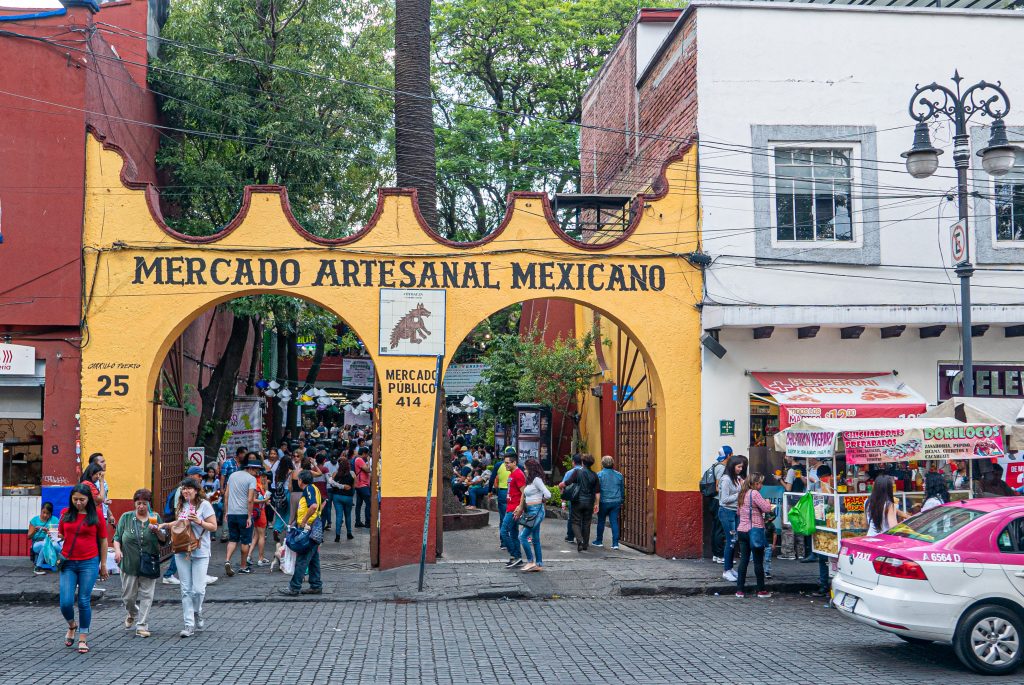
I later learned that I’m not alone in thinking that Coyoacán would be a great place to live. In 2005, it was listed by the Project for Public Spaces as one of the best urban spaces to live in North America. I’m happy with my job and home in Puerto Rico, but if that ever changes and the right opportunity arose, I’d relocate there in an instant.
